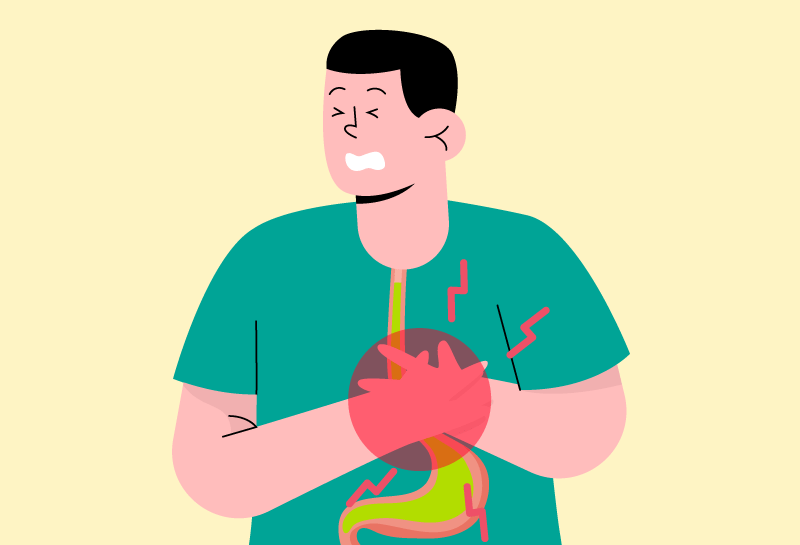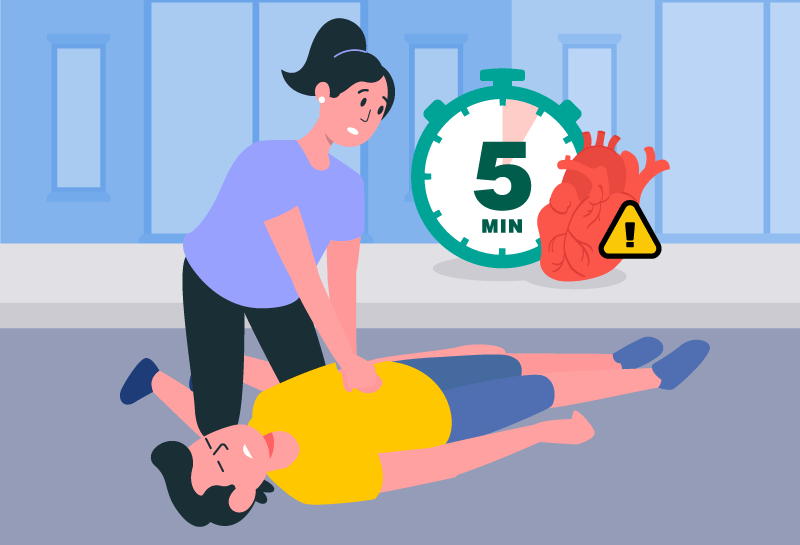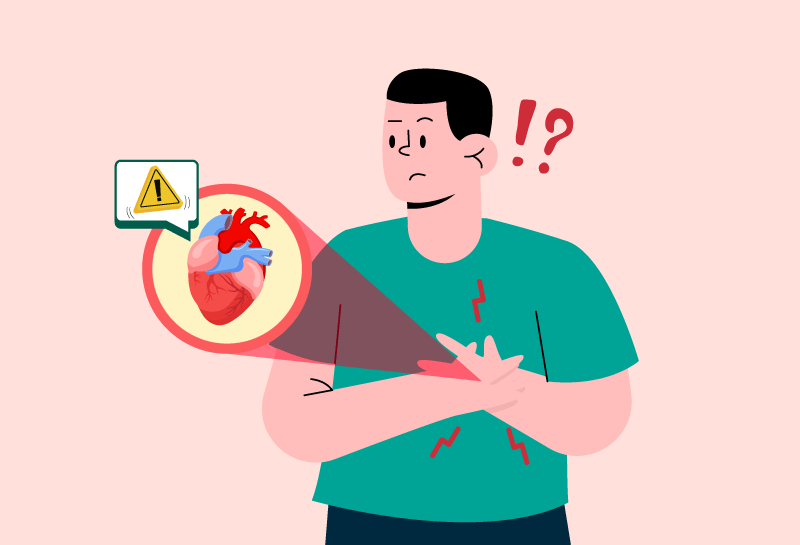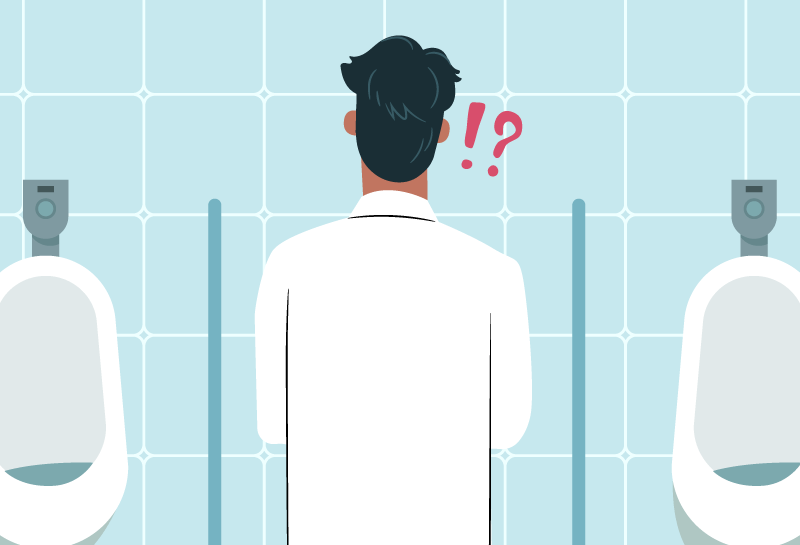











Choose healthy fats
Opt for unsaturated fats found in olive oil, avocados and nuts and limit consumption of saturated and trans fats found in processed and fried food.
Include omega-3 fatty acids
Include fatty fish like salmon and chia seeds in your diet for omega-3 fatty acids as they are known to boost HDL (good) cholesterol.
Prioritise whole foods
Fresh fruits and vegetables are packed with antioxidants and fibre and contribute to lower cholesterol levels.
Exercise regularly
Engage in at least 150 mins of moderate-intensity aerobic exercise per week and incorporate strength training exercises at least 2 days per week.
Maintain a healthy weight
Achieving and maintaining a healthy weight can significantly impact cholesterol levels. Even modest weight loss can lead to improvements in cholesterol profiles.
Limit alcohol intake
While moderate alcohol consumption may have some cardiovascular benefits, excessive intake can lead to high cholesterol.
Stay hydrated
Water is essential for overall health, and staying hydrated can support various bodily functions, including those related to cholesterol metabolism.
Manage stress
Chronic stress may contribute to unhealthy lifestyle choices that can negatively impact cholesterol levels. Practice stress-reducing techniques such as meditation or deep breathing.
Quit smoking
Smoking lowers HDL cholesterol and increases the risk of atherosclerosis.
Regular check-ups
Schedule regular check-ups with your healthcare provider to assess your overall cardiovascular health.








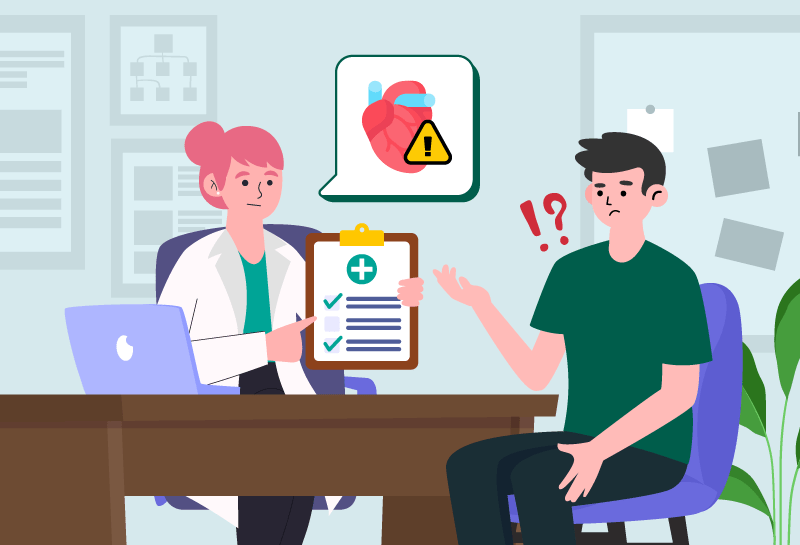
 15 mins read
15 mins read 